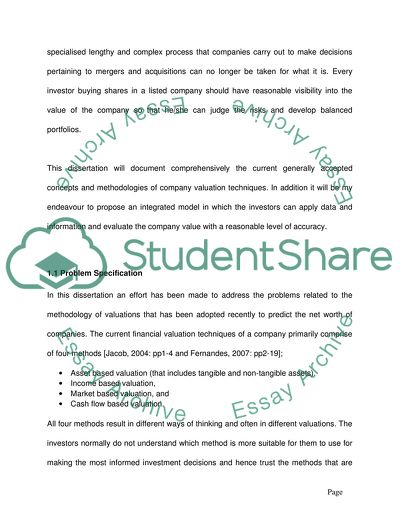Cite this document
(“Company Valuation Model and Application On Royal Bank of Scotland Plc Essay”, n.d.)
Company Valuation Model and Application On Royal Bank of Scotland Plc Essay. Retrieved from https://studentshare.org/finance-accounting/1504126-company-valuation-model-and-application-on-royal-bank-of-scotland-plc
Company Valuation Model and Application On Royal Bank of Scotland Plc Essay. Retrieved from https://studentshare.org/finance-accounting/1504126-company-valuation-model-and-application-on-royal-bank-of-scotland-plc
(Company Valuation Model and Application On Royal Bank of Scotland Plc Essay)
Company Valuation Model and Application On Royal Bank of Scotland Plc Essay. https://studentshare.org/finance-accounting/1504126-company-valuation-model-and-application-on-royal-bank-of-scotland-plc.
Company Valuation Model and Application On Royal Bank of Scotland Plc Essay. https://studentshare.org/finance-accounting/1504126-company-valuation-model-and-application-on-royal-bank-of-scotland-plc.
“Company Valuation Model and Application On Royal Bank of Scotland Plc Essay”, n.d. https://studentshare.org/finance-accounting/1504126-company-valuation-model-and-application-on-royal-bank-of-scotland-plc.


